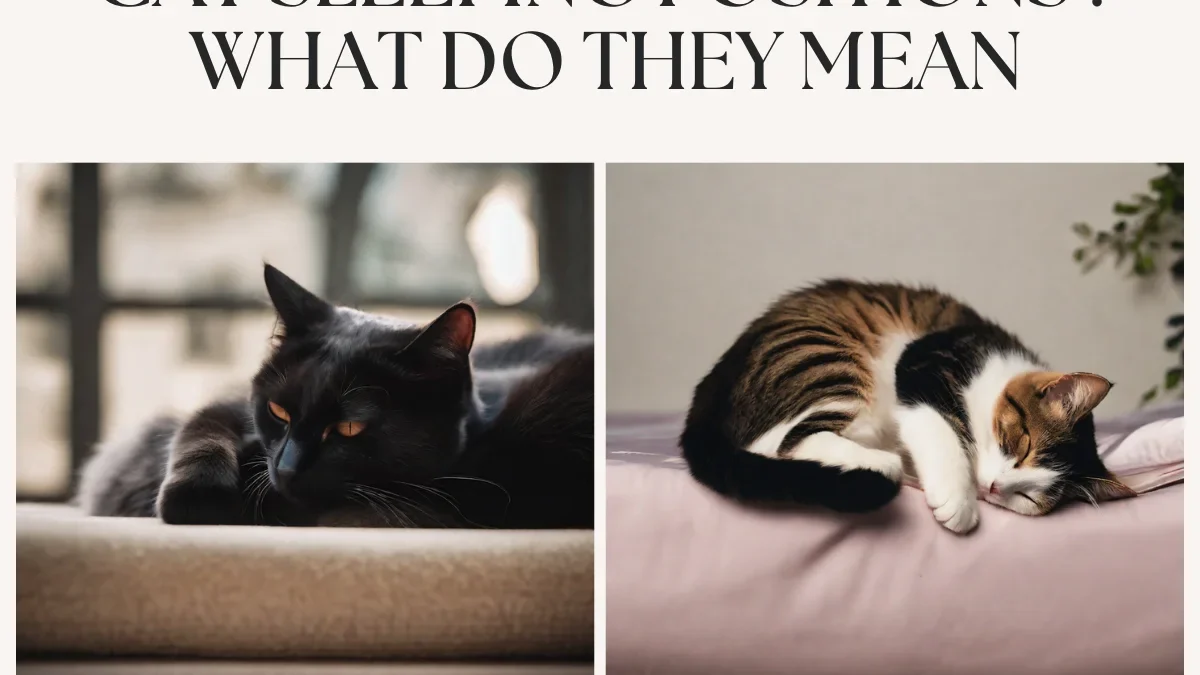If you’re a cat owner, you’ve probably noticed that your feline friend has a variety of sleeping positions. From curled-up balls to stretched-out poses, cats seem to have endless ways of dozing off. But have you ever wondered what these cat sleeping position meanings are? Believe it or not, the way your cat sleeps can actually tell you a lot about their mood, health, and even their relationship with you. In this blog post, we’ll explore some of the most common cat sleep position meanings and what they could be trying to communicate to you. So let’s dive into the world of cat sleeping positions and unravel their hidden messages.
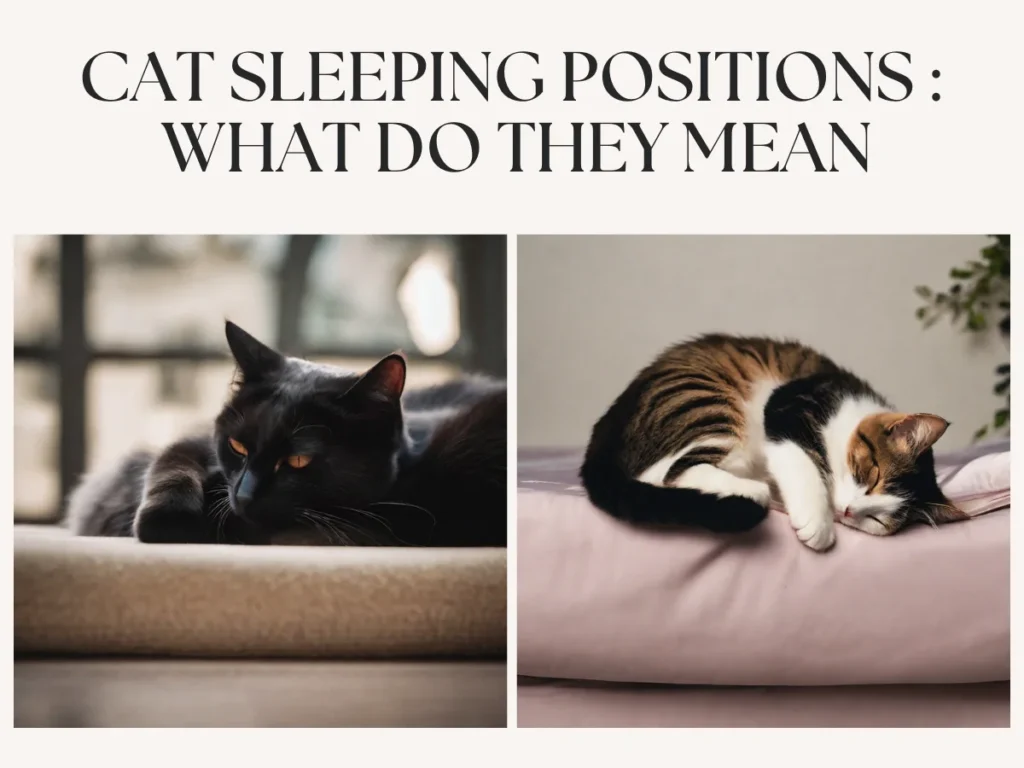
Table of Contents
The Science Behind Cat Sleeping Positions
Cats have been captivating humans for centuries with their mysterious and enigmatic ways. One aspect of their behavior that has piqued the curiosity of cat owners is their sleeping positions. It may seem like your furry friend just randomly flops down in whatever position they find comfortable, but there is actually a science behind their choice of sleep positions.
Cats are known for their ability to conserve energy, and their sleeping habits are a reflection of this. When cats sleep, they go through different stages, including light sleep, deep sleep, and REM sleep. Each stage serves a specific purpose in their overall well-being.
The positions in which cats sleep can be influenced by a variety of factors, including temperature, comfort, and safety. For example, if your cat curls up into a tight ball, it’s likely because they are trying to conserve body heat. On the other hand, if they stretch out and expose their belly, it could be a sign that they feel safe and secure in their environment.
Additionally, a cat’s sleeping position can also reveal insights into their overall health. For example, if your cat consistently sleeps in an unusual position, such as with their head pressed against a wall or their legs twitching, it could be a sign of an underlying medical issue that requires attention.
Understanding the science behind cat sleeping positions can provide valuable insights into your cat’s well-being and help you provide them with the care they need. So the next time you catch your feline friend napping in a peculiar position, take a moment to consider what their sleeping position could be telling you about their mood, health, and comfort.
Decoding Common Cat Sleeping Positions and Their Meanings
Cat sleeping positions can often seem random or cute, but they can actually reveal a lot about your feline friend’s emotions and well-being. By decoding these common sleeping positions, you can gain valuable insights into what your cat may be trying to communicate.
One common position is the “loaf” position, where your cat curls up into a tight ball with their paws tucked underneath them. This position typically signifies that your cat is feeling relaxed and comfortable. It’s a sign that they feel safe in their environment and trust you as their owner.
Another position to watch out for is the “belly up” position, where your cat sprawls out on their back, exposing their belly. This position indicates that your cat is feeling completely at ease and vulnerable. It shows that they feel secure in their surroundings and trust you implicitly. It’s also a way for them to cool down on a hot day, as the belly is an area with less fur and helps dissipate heat.
The “curled-up ball” position is another common one. When your cat curls up tightly, it’s a way for them to conserve body heat and feel protected. This position can also indicate that your cat may be feeling anxious or uncertain about something in their environment.
The “side sleeper” position is when your cat stretches out on their side, usually with their paws tucked underneath them or extended outward. This position signifies that your cat is in a deep and restful sleep. It’s a sign that they are feeling safe and content.
By paying attention to your cat’s sleeping positions, you can gain a better understanding of their mood, health, and overall well-being. It’s a way to deepen your bond with your feline companion and ensure that you are meeting their needs. So next time you catch your cat in a peculiar sleeping position, take a moment to decode what they might be trying to tell you.
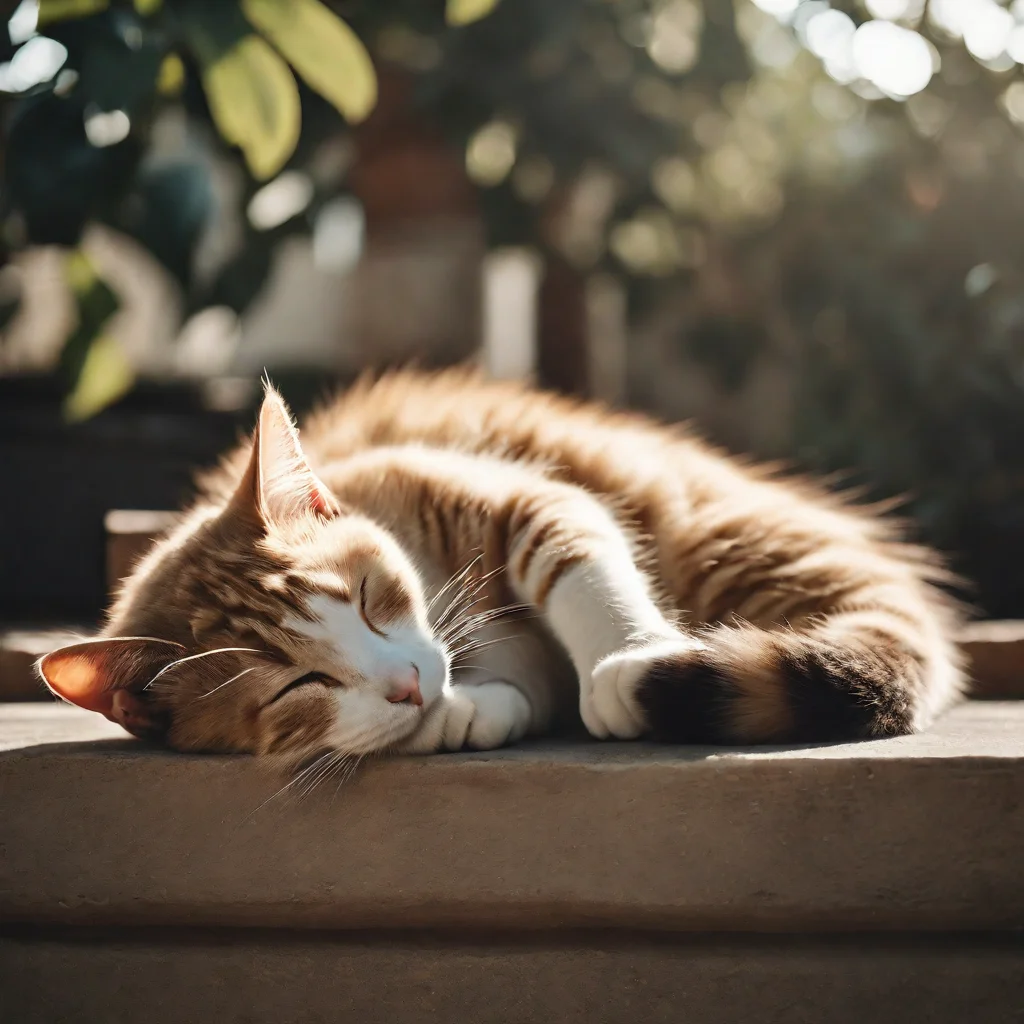
Unique Cat Sleeping Positions and What They Reveal
Cats are notorious for their ability to find the most unique and peculiar positions to sleep in. These unconventional sleeping positions often leave us scratching our heads and wondering what on earth is going on in their little kitty minds. Well, wonder no more! In this section, we’re going to explore some of the most unusual cat sleeping positions and uncover what they might reveal about your furry friend.
One particularly peculiar position is the “flop and splay.” You may have caught your cat sprawled out with their limbs hanging in all directions as if they were melting into the floor. This position often indicates a deep state of relaxation and contentment. Your cat feels so at ease in their surroundings that they can completely let go and surrender to their slumber.
Then there’s the “pretzel” position, where your cat contorts their body into a twisted knot. This position is a display of flexibility and agility. It shows that your cat is confident and comfortable in their own body, able to bend and twist with ease. It’s also a sign of trust, as they feel safe enough to expose their vulnerable underbelly while in this position.
Another interesting sleeping position is the “upside-down cuddler.” Picture your cat on their back, legs spread wide, with their paws up in the air. This position is often seen in cats who are incredibly secure in their environment and have a strong bond with their owners. It’s a vulnerable position that allows them to fully relax and let their guard down.
So, the next time you catch your cat snoozing in a position that seems odd or quirky, take a moment to appreciate the unique individuality of your feline friend. These unconventional sleeping positions are just another way for your cat to express themselves and show you that they feel safe, comfortable, and loved.
How Changes in Cat’s Sleeping Position Might Indicate Health Issues
Just like humans, cats can experience changes in their sleeping positions that may indicate underlying health issues. As a cat owner, it’s important to pay attention to any changes in your cat’s sleep habits, as it could be a sign that something is amiss.
One common change in sleeping position that may be a cause for concern is an increase in restless or twitchy sleeping. If you notice your cat frequently shifting positions, twitching their legs, or jerking in their sleep, it could be a sign of discomfort or pain. This could be indicative of conditions such as arthritis, urinary tract issues, or even neurological disorders. It’s important to consult with your veterinarian to rule out any medical problems and provide the necessary treatment.
Another change to watch out for is excessive hiding during sleep. If your usually social and outgoing cat suddenly starts seeking out secluded spots to sleep, it could be a sign of anxiety or stress. This could be caused by changes in their environment, the introduction of a new pet or person in the household, or even an underlying health issue. It’s important to address any potential triggers and provide your cat with a safe and secure environment to help alleviate their anxiety.
Additionally, changes in sleeping position, such as an increase in belly sleeping, can sometimes be a sign of gastrointestinal issues or digestive discomfort. If your cat is frequently sleeping on their belly and displaying other symptoms such as vomiting, diarrhea, or loss of appetite, it’s important to consult with your veterinarian to rule out any digestive problems.
Changes in sleeping positions can serve as early indicators of potential health issues in your cat. By being observant and proactive, you can address these issues early on and ensure that your cat receives the necessary care and treatment. Remember, your cat’s well-being is in your hands, so stay vigilant and provide the love and support they need.
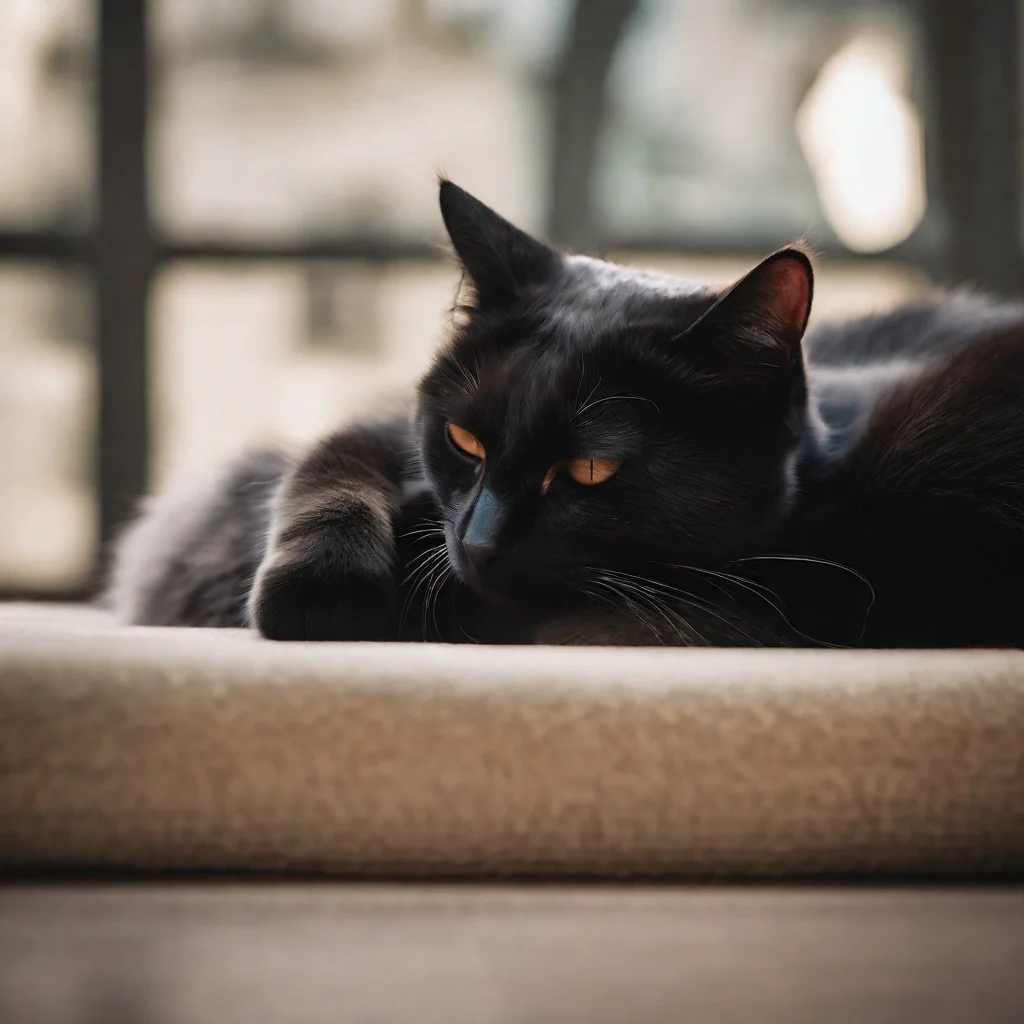
Observing Your Cat’s Sleep Patterns for Better Understanding
As a cat owner, you have the unique opportunity to observe your feline friends in all their sleepy glory. By taking the time to closely observe your cat’s sleep patterns, you can gain a deeper understanding of their overall well-being and personality.
One important aspect to consider when observing your cat’s sleep patterns is consistency. Does your cat have a consistent sleeping schedule? Do they sleep in the same position every night? Pay attention to any changes or variations in their sleep habits, as these could be indicators of underlying health issues or stressors.
Another factor to consider is the duration of your cat’s sleep. Cats are known for being natural-born nappers, but excessive or prolonged sleep could be a sign of an underlying medical condition. On the other hand, if your cat is frequently waking up during the night or experiencing interrupted sleep, it could be a sign of discomfort or anxiety.
In addition to duration and consistency, it’s important to observe the quality of your cat’s sleep. Are they peacefully snoozing, or do they toss and turn? Do they snore or exhibit signs of sleep apnea? These factors can provide valuable insights into your cat’s overall health and comfort levels.
By closely observing your cat’s sleep patterns, you can better understand their needs and provide them with the care they require. Whether it’s adjusting their sleeping environment or seeking medical attention, your attentiveness will ensure that your feline companion is living their best, most comfortable life. So grab a cozy blanket, settle in beside your furry friend, and take the time to decode the secret language of their sleep.
Lesser Known Cat Sleeping Positions and Their Significance
Cats are notorious for their ability to find the most unique and peculiar positions to sleep in. While we may be familiar with some common cat sleeping positions, there are lesser-known positions that can be equally fascinating. These unconventional sleeping positions often leave us scratching our heads and wondering what on earth is going on in their little kitty minds. Well, wonder no more! In this section, we’re going to explore some of the most unusual cat sleeping positions and uncover what they might reveal about your furry friend.
One lesser-known position is the “twist and curl.” In this position, your cat contorts their body into a twisted shape while also curling up tightly. This position often indicates a combination of relaxation and self-protection. Your cat may be feeling relaxed and comfortable but also wants to be ready to react to any potential threats.
Another interesting sleeping position is the “limb dangle.” Picture your cat snoozing on their side, with one or more limbs dangling off the edge of a surface. This position can be a sign of trust and contentment. By exposing their vulnerable limbs, your cat is showing that they feel safe and secure in their environment.
The “nose touch” position is another lesser-known one. In this position, your cat will tuck their nose between their paws while they sleep. This position can indicate a need for comfort and reassurance. It may also be a way for your cat to block out any distractions and create a sense of calm.
By paying attention to these lesser-known cat sleeping positions, you can gain a deeper understanding of your feline friend. Each position reveals something unique about your cat’s personality, mood, and comfort levels. So, the next time you catch your cat snoozing in a position that seems unusual, take a moment to appreciate their individuality and the messages they are sending you through their sleep.
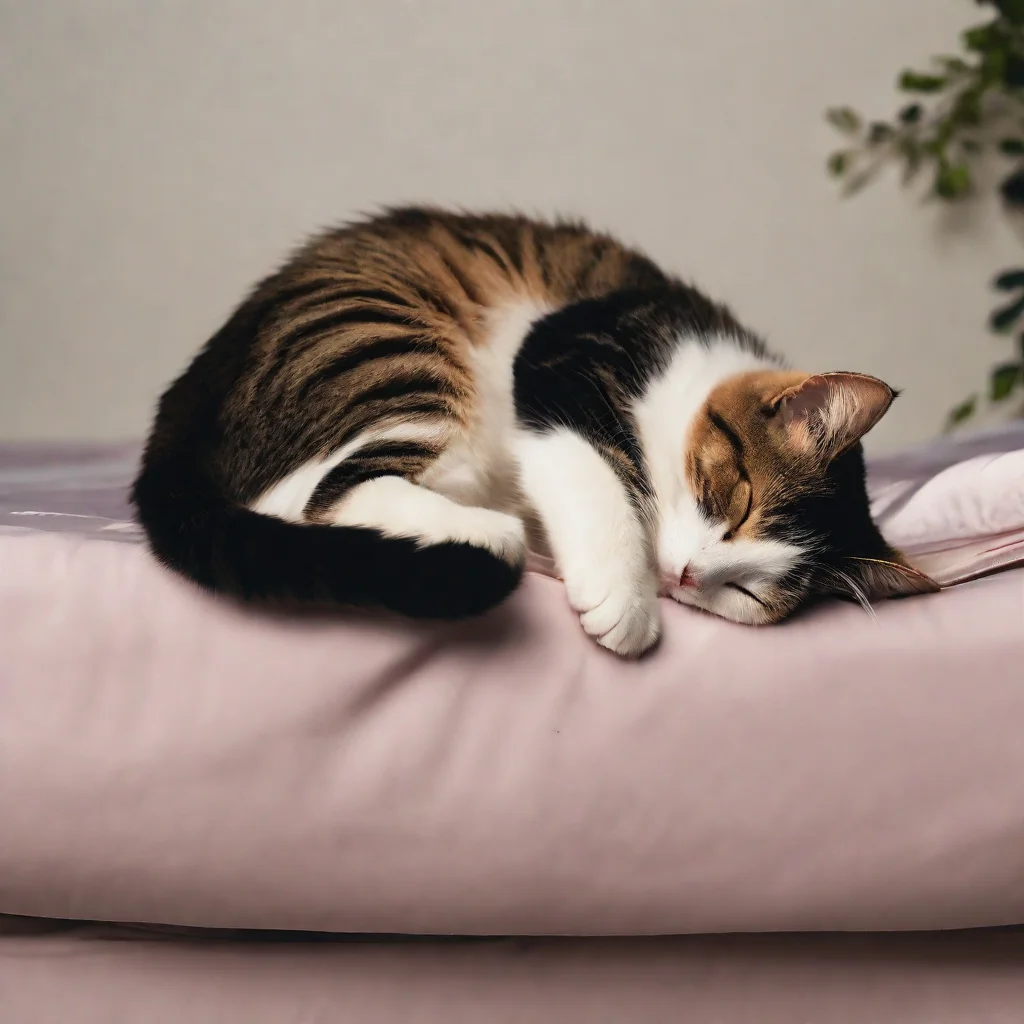
Unusual Sleeping Habits: What Your Cat’s Sleep Positions Could Say About Them
Cats are known for their quirky and unusual sleeping habits, and these habits can actually reveal a lot about their personalities. Just like humans, cats have unique preferences and idiosyncrasies when it comes to sleep positions. By paying attention to these unusual sleeping habits, you can gain a deeper understanding of your feline friend.
For example, if your cat prefers to sleep in high places, such as on top of bookshelves or cabinets, it could indicate that they have a strong sense of independence and enjoy being in control of their surroundings. On the other hand, if your cat prefers to sleep in tight spaces, such as inside boxes or under furniture, it could mean that they have a more cautious and reserved nature.
Another unusual sleeping habit to watch out for is kneading. If your cat kneads their paws while sleeping, it can indicate that they are feeling content and secure. Kneading is a behavior that kittens exhibit while nursing, so it can also be a sign that your cat is feeling happy and comfortable in their environment.
Some cats even have the tendency to sleep with their eyes slightly open. While this can be a bit unnerving to witness, it is actually quite common and completely normal. It usually means that your cat is in a deep sleep and is completely relaxed.
By observing these unusual sleeping habits, you can gain valuable insights into your cat’s personality and emotional state. It’s just another way to connect with your furry friend and deepen your bond. So the next time you catch your cat in an odd sleeping position, take a moment to appreciate their individuality and the unique messages they are sending you through their sleep.
Exploring the Connection Between Cat Sleeping Positions and Their Personalities
As any cat owner knows, each feline has their own unique personality. Believe it or not, their sleeping positions can provide valuable insights into their individuality. By exploring the connection between cat sleeping positions and their personalities, you can gain a deeper understanding of your furry friends and strengthen your bond with them.
For example, if your cat prefers to sleep in a cozy nook or tucked away in a corner, it could indicate that they have a more introverted and reserved personality. These cats tend to be independent and enjoy their alone time. On the other hand, if your cat sprawls out in the middle of the room or on your lap, they may have a more extroverted and social personality. These cats are often outgoing and love to be the center of attention.
Another indicator of personality can be found in the positions your cat assumes during sleep. If your cat is constantly changing positions or sleeps in a more restless manner, they may have a more energetic and adventurous personality. These cats are always on the move and love to explore their surroundings. Conversely, if your cat sleeps in the same position every night and appears more relaxed, they may have a calmer and more laid-back personality.
By observing your cat’s sleeping positions and their unique quirks, you can gain valuable insights into their personalities. It’s just another way to connect with your feline companion and appreciate their individuality. So next time you catch your cat snoozing in a certain position, take a moment to reflect on their personality and what makes them so special.
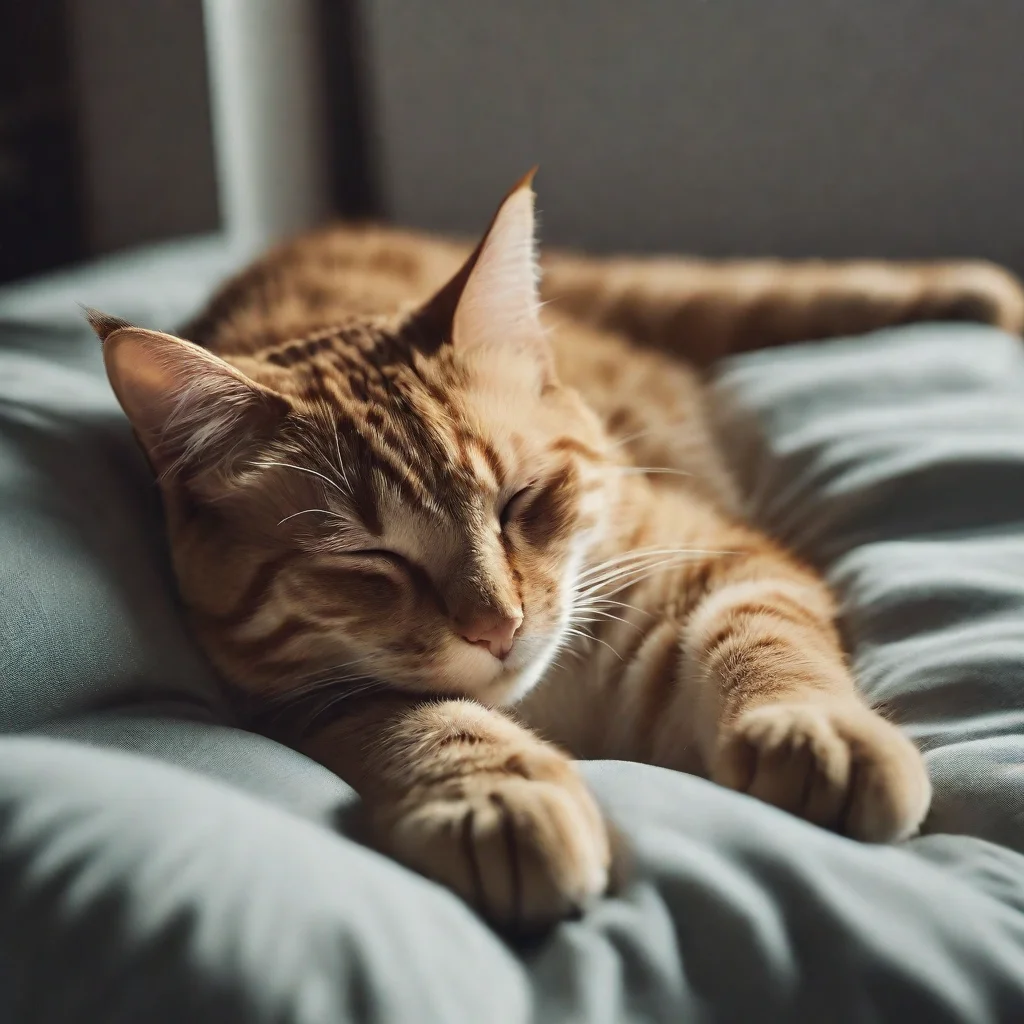
The Impact of Age on Cat Sleeping Positions
As cats age, their sleeping positions may undergo some changes. Just like humans, cats’ bodies go through various changes as they grow older, and this can affect how they sleep and the positions they prefer.
One common change in sleeping positions as cats age is that they may become more restless during sleep. Older cats may toss and turn more frequently or change positions multiple times throughout the night. This could be due to discomfort or pain from age-related conditions such as arthritis or joint stiffness. It’s important to provide your senior cat with a comfortable and supportive sleeping environment to alleviate any discomfort they may experience.
Another impact of age on cat sleeping positions is that older cats may spend more time sleeping or napping more frequently. As cats age, they tend to have lower energy levels and may require more rest. You may notice that your senior cat spends a significant amount of time dozing off in various positions throughout the day.
In addition, older cats may also choose sleeping positions that offer them more stability and support. They may prefer sleeping in positions that minimize strain on their joints or provide them with a sense of security. For example, you may notice your senior cat curling up in a tight ball or sleeping with their legs tucked underneath them.
Understanding how age impacts cat sleeping positions can help you provide the necessary care and support for your senior cat. By creating a comfortable sleeping environment and addressing any age-related health issues, you can ensure that your furry friend enjoys their golden years to the fullest.
Conclusion
Understanding the meanings behind your cat’s sleeping positions can provide you with a fascinating insight into their world. From curled-up balls to belly-up sprawls, each position has its own significance and can reveal valuable information about your feline friend’s mood, health, and overall well-being.
By delving into the science behind cat sleeping positions, we’ve learned that their choices are not random but are influenced by factors such as temperature, comfort, and safety. Paying attention to their sleeping positions can help us understand their needs better and provide them with the care they require.
Decoding common cat sleeping positions, such as the loaf, belly-up, curled-up ball, and side sleeper, allows us to interpret their messages more accurately. Whether they feel safe, secure, relaxed, or anxious, their sleep positions offer clues to their emotional state.
But it’s not just the common positions that hold significance. Unique and unusual sleeping positions can reveal even more about your cat’s individuality and their relationship with you. The flop and splay, pretzel, and upside-down cuddler positions show their trust, relaxation, and contentment.
Changes in sleeping positions can also serve as early indicators of potential health issues. By staying vigilant and observing any restless or abnormal sleeping habits, you can ensure your cat receives the necessary medical attention and support.
Through closely observing your cat’s sleep patterns, you can deepen your bond with them and gain a better understanding of their personality and well-being. Consistency, duration, and quality of sleep all provide valuable insights.
As cats age, their sleeping positions may change, reflecting their changing bodies and energy levels. By adapting to their needs and creating a comfortable sleeping environment, you can ensure they enjoy their golden years to the fullest.
So the next time you catch your cat in a peculiar sleeping position, take a moment to appreciate their uniqueness and the hidden messages they are sending you through their sleep. It’s a beautiful way to connect with your furry friends and show them the love and care they deserve.
FAQs
Q: What do cat sleeping positions mean in bed?
A: Cat sleeping positions can provide insights into their comfort level and overall mood. For example, a curled-up position may suggest that the cat feels secure and relaxed, while a stretched-out position might indicate a high level of comfort and trust in their surroundings. However, it’s important to note that sleeping positions can vary among individual cats, and it’s best to observe your cat’s behavior and body language as a whole for a better understanding.
Q: What is the happy cat sleeping position?
A: The “happy cat” sleeping position refers to when a cat is lying on its back with its belly exposed. This position indicates that the cat feels safe, comfortable, and trusting in its environment. It’s a vulnerable position for a cat to be in, as their vital organs are exposed, so when a cat chooses to sleep in this position, it’s a sign of contentment and relaxation.
Q: Why do cats sleep curled up?
A: Cats often sleep curled up as it helps them conserve body heat. Curling up into a compact position allows them to retain warmth and protect their vital organs. It’s an instinctual behavior that has been passed down from their wild ancestors, who needed to stay warm and conserve energy in colder environments.
Q: Why do cats sleep with one paw out?
A: Cats may sleep with one paw out for various reasons. It could be a way for them to regulate their body temperature, as exposing a paw helps dissipate heat. Additionally, it could be a sign of relaxation and comfort, as cats often exhibit various sleeping positions and may simply find it cozy to have a paw extended while sleeping.
Related Reads:

